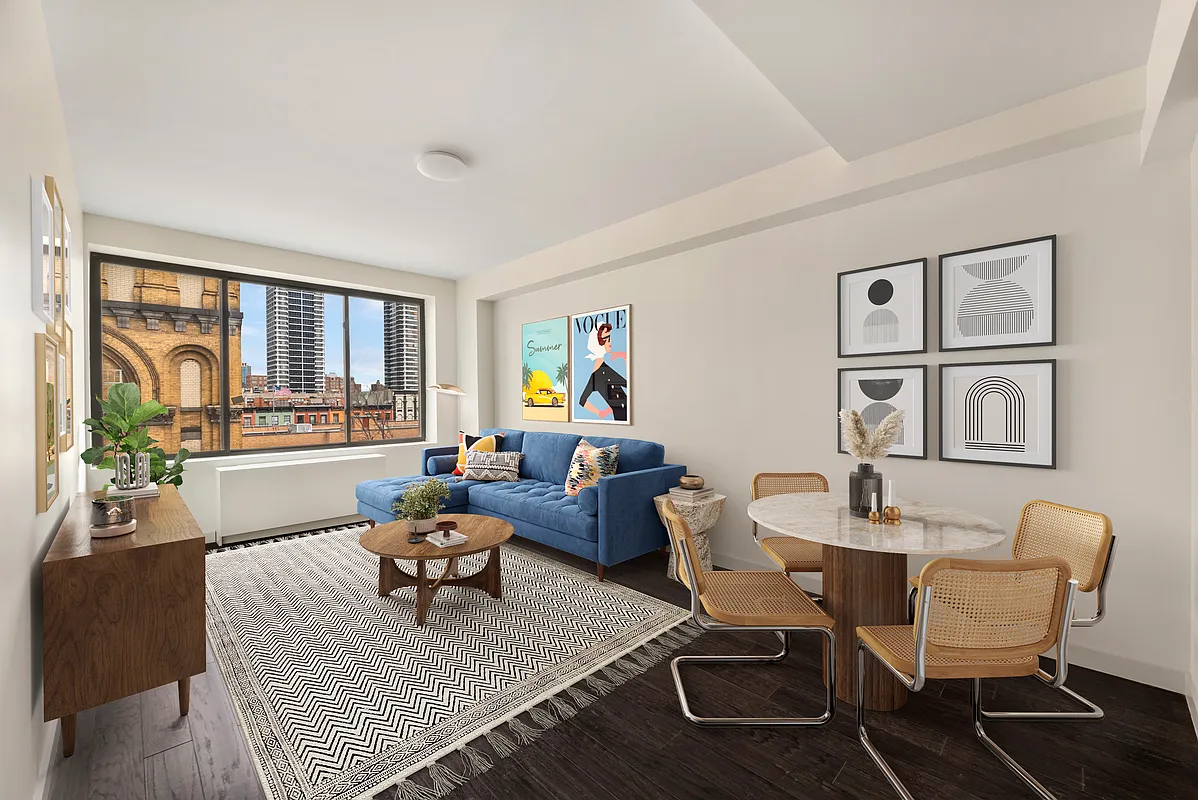Finding affordable housing in an expensive city or location can seem like an impossible task. However, there are strategies you can use to increase your chances of securing reasonably priced accommodation, even in high-cost areas. This article outlines some of the top tips for locating affordable housing options when living costs are through the roof.
Consider Renting a Room Rather Than an Entire Property
One of the most effective ways to save money on housing in an expensive location is to rent just a room rather than an entire apartment or house. Sharing living space with others through roommate situations, or renting a room in a multi-bedroom property owned by someone else, allows you to split costs like rent, utilities, and other shared expenses.

Websites like Craigslist, SpareRoom, Roomi, and Facebook housing groups are good places to search for room rental opportunities. Be prepared with details about yourself, your budget, and any requirements. Tour rooms in person if possible before committing. Living with roommates requires compromise, but the financial savings can make it worthwhile.
Look Outside Prime Housing Areas
Housing tends to become significantly more affordable as you move further away from the epicenter of a city or desirable residential neighborhoods. Consider areas just outside major metro regions or in adjacent towns and cities within commuting distance instead of right in the middle of premium housing zones.
Research public transportation options too, as living slightly further out but along bus or train lines that provide easy access to jobs and activities in expensive areas helps maximize affordability while maintaining connectivity. Be strategic with your expanded search radius.
Consider Low-Income or Affordable Housing Programs
Many cities and states have programs dedicated to providing affordable rental homes and ownership opportunities to lower-income residents. Eligibility is generally based on household income levels relative to the location's median average.
Subsidized units have rent capped at a percentage of a tenant's wages, preserving affordability. Lotteries and waiting lists are common for obtaining spots. Research any inclusionary zoning or low-income housing tax credit communities in expensive markets where you're interested in living. Non-profit housing organizations also develop affordable options occasionally.
Read more: Tips For Renting With A Bad Credit History
Negotiate with Landlords on Rental Properties
It doesn't hurt to negotiate the listed rent for apartments, houses, or rooms that are still available and haven't been leased yet. Landlords want reliable tenants and may be open to coming down somewhat in price, especially for longer lease commitments. Offer to sign an extended lease term in exchange for knocking a couple hundred dollars per month off the rent, for example.

Emphasize positive applicant qualities like clean background checks, good credit scores, and steady employment when bargaining. Stay realistic but assertive in rental negotiations to potentially find a better deal. Make comparisons to similar units in the area too for leverage.
Seek Out Older Apartment Complexes
Older multi-family developments that haven't been renovated in awhile tend offer more modest rents compared to newer luxury apartment buildings. Units rented long enough ago are subject to more gradual rent increases over time as well. Look for older apartment communities, especially those showing signs of outdated interiors or deferred maintenance that may keep costs lower for tenants.
Rental price increases are often more gradual at longstanding apartment complexes versus places recently built or remodeled too. Factor in any property age when comparing housing costs in an expensive locale. Consider short-term compromise on condition/amenities for potential long-term savings.
Check Out Housing Cooperatives
Housing cooperatives are collections of dwelling units owned and self-managed by residents rather than private landlords looking to profit. Rents or carrying costs are generally lower than market rates due to being non-profit shared ownership structures. Availability depends on the area, but cooperatives represent an affordable housing alternative worth investigating in pricier real estate climates.
Becoming a co-op shareholder involves an application process and financial/time commitments, but co-ops aim to provide quality homes at below-market rates long-term through collective resident control of the property. Income requirements apply usually.
Consider a Smaller Square Footage
Housing with fewer square feet often costs substantially less than larger comparable options. Consider downsizing maximum space needs if budget requires. You likely don't need as much room as you think, and valuable funds can instead go towards housing costs by opting for a minimalist layout.
Look for efficiency apartments, studios, or smaller 1-bedroom floor plans versus larger floorplans if cutting expenses is the goal when renting in a costly area. Less maintenance and utilities are an additional perk of smaller digs.
Check Out Programs for Key Workers
Many cities, counties, and even some employers run key worker housing programs. Sometimes called workforce housing, these initiatives offer below-market rentals or purchase assistance to teachers, healthcare personnel, police/firefighters, and other important local occupations that are indispensable but often can’t afford typical housing costs.
Benefits like preferred waiting lists, dedicated affordable units, or down payment help can sweeten key worker living situations in high-priced communities. Research any local key worker opportunities applicable to your employment to possibly gain affordable housing access.
Prioritize Transportation Costs in Location
When choosing an affordable home, factor in transportation expenses as greatly as housing costs. Living 10-20% farther for a rent reduction could offset commuting bills. Opt for a walkable, bikeable place or one easily accessed by public transit to minimize driving/parking fees.

Proximity counts especially in expensive cities with lousy traffic or constrained parking. A seemingly affordable apartment downtown means little if commuting elsewhere daily for work costs as much as saved on rent. Strategize location collectively with housing and transportation in high-dollar locales.
Consider Subleases Temporarily
Subletting a room or apartment from a tenant for a shorter time period, like 3-6 months, represents an opportunity for cheaper rent during job transitions or other temporary housing needs. Turnover tends higher at certain apartment complexes popular for sublets.
Rents charged by subletters wanting to reduce their own costs often undercut longer-term leases. Just establish clear communication on logistics, security deposit, and expectations upfront. Subleasing carries risk but makes short housing bursts affordable in expensive places until permanent housing is secured.
In summary, with prudent planning and willingness to compromise somewhat on amenities or location, affordable housing is still attainable even in costly real estate markets. The key is using cost-saving strategies like roommates, public transit proximity, subsidized programs, negotiations, older complexes, and considering smaller space needs. With diligent searching and flexibility, lower housing expenses are possible almost anywhere for those incentivized to find the right situations.





